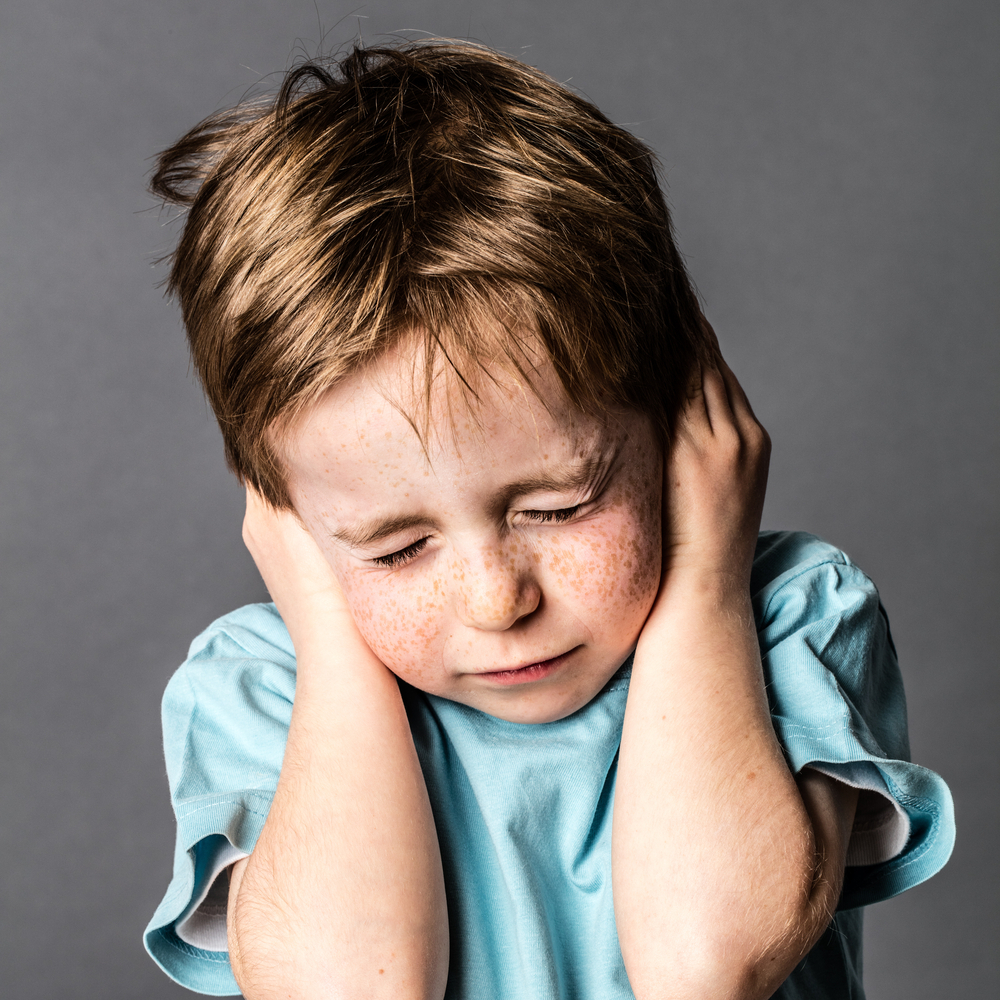General Information, Sensory Processing
Overstimulated meaning a child with overwhelming sensory inputs
Overstimulated, meaning overwhelmed, the child might react in different ways confusing parents, teachers and others. Young babies might cry inconsolably with an inability to settle. Older toddlers and young children might be “out of sorts” with challenging behaviour, on the go, or very quiet with limited reactions.
Overstimulated meaning that the child is overloaded with sensory information, new experiences, or demands from others or the activity at hand.
Sensory issues, sensory processing disorder, sensory therapy, sensory motor skills – do you find it confusing? Add to this list sensory overload, sensory overstimulation, sensory-seeking behaviour, sensory diet, and sensory integration therapy.

After working more than four decades as an OT with a special interest in sensory integration therapy, I have seen terminology change over the years, some becoming words used by all, not only therapists. Over the years, many new concepts and terms have been added to explain sensory processing. However, I am afraid it added to the confusion parents experience, especially on first contact, when they are told their child has sensory issues.
“My child is sensory.” As stated by many, it does not mean much. Sensory is derived from sensations. We all use our sensory systems to learn about our environments and bodies. We have a great network of sensory receptors in different organs that transfer information received to messages sent to the brain via sensory pathways. They travel through other brain structures, affecting different reactions, and end in the sensory cortex. The sensory cortex is a section of the upper brain area (cortex) where these messages are registered and enter our consciousness to influence our reactions.
A simple example: I am sitting in my office. A cool breeze touches my skin. The receptors in my skin transfer the feeling of coldness on my skin into messages (electric currents) and send them via the sensory pathways (nerves and synapses) to different brain areas. Unconsciously, one area will send messages back to protect me by raising the hair on my skin (gooseflesh). When the messages reach the sensory cortex, I become aware of the coldness, and my “thinking brain” will decide to solve the problem: I’ll put on a warm garment and/or close the window to stop the cool air coming into the office.
When a child is sensory overstimulated, it means that the child’s receptors send too many messages to the brain, overwhelming the decision-making parts of the brain and stimulating the fight/flight response. The child then reacts using the more primitive areas of the brain for survival without calculated decisions but reacts instinctively. The child’s brain is overloaded with sensory information = sensory overload.
Typical reactions of an overstimulated child:
- Physical – pupils widen, breathing rate increases, skin is sweaty, and heart rate increases (like signs of anxiety).
- Emotional – the child feels distressed and anxious and does not know what to do about it, which increases stress levels.
- Reactions – the child reacts with
- emotional outbursts (like anger, opposition, inconsolable crying),
- avoidance of the activity or place (sometimes to the point of running away),
- extreme shyness or clinging to a parent,
- covers the organ (thus the receptors) to protect, such as the ears, mouth, or eyes,
- inability to listen and process verbal directions and conversations (or verbal advice).

Sensory seeking is the opposite of sensory overstimulated. Sensory-seeking behaviour is seen:
- when too little information is sent from the receptors to the brain, or
- when more sensation is needed to self-regulate towards a state of emotional and physical stability.
Typical signs of sensory-seeking behaviour:
- Physical – the child must meet the individual sensory needs at all costs – it is not helpful to ask them to stop; instead, provide socially acceptable options (learn more in CoordiKids Starter Pack or Parent Masterclasses),
- Emotional – the child might be shy, boisterous, or oppositional with a tendency to over-react emotionally,
- Reactions – the following are typical signs of a sensory-seeking child who needs these strategies to regulate and focus:
- chews on non-food objects,
- bites objects or people,
- rocks or jumps repetitively,
- using too much force can be to the point of breaking things unintentionally,
- leans into others to the point of annoying them,
- touches or strokes others or pets excessively,
- prefers minimal clothes or prefers layers of clothes,
- makes much noise like banging objects, singing, too loud a voice, and humming (remember that the same child can be over-sensitive and easily overloaded with sounds from others or the environment).
What to do about an overstimulated- or sensory-seeking child?
-
- Understand sensory processing disorder, its complexities, and how it affects your child. The CoordiKids Parent Master Class on Sensory Processing Disorder explains the condition and provides a workbook to individualise the strategies to help your child.
- Identify the child’s needs and avoidances – the workbook and class mentioned in 1. It will be helpful.
- Compile an effective sensory lifestyle (read more here: sensory diet) to support the child.
- Prevent sensory overload by regularly using calming strategies that help with self-regulation and attention to task:
- Deep pressure, such as wrapping the child in a blanket or towel.
- Slow, rhythmical movements at regular times throughout the day, such as those used in most exercises in all CoordiKids Courses.
- Calming music played softly in the background (Baroque when studying, Largo when falling asleep).
- Slow and gentle rocking on a swing, while on tummy on a big exercise ball, or while sitting on a chair rocking forward and back.
- Use a socially appropriate chewable to reduce mouthing and chewing on non-food objects.
- Use weighted objects such as a backpack, weighted lap pad or blanket, and weighted soft toys.
- Outside in nature and relative quietness is always calming.

- When the child is overstimulated:
- Minimize words and the use of language, and physically remove the child from the overwhelming environment to a calm place.
- Provide support by being understanding, not talking much, provide deep pressure or rocking (tight hug while on your lap and rocking with you).
- Keep an eye on heart rate and breathing; when these reduce to average ranges, take deep breaths together, provide a simple action plan, and take the next step when the child feels ready.
In summary, the best you can do is to educate yourself in understanding sensory processing disorder. Secondly, support the child by explaining on the child’s level and helping, do not criticise.